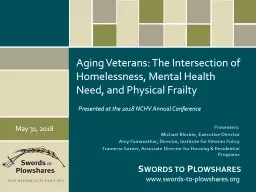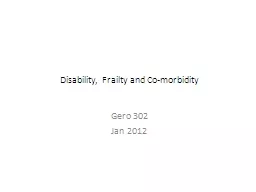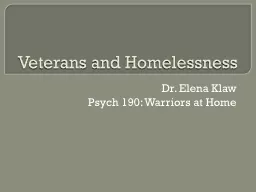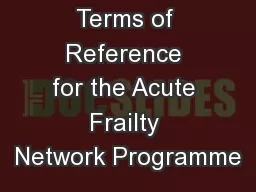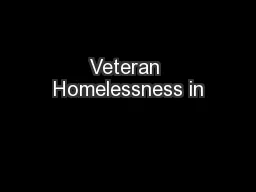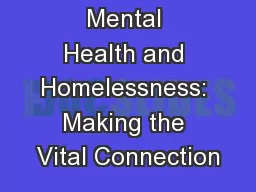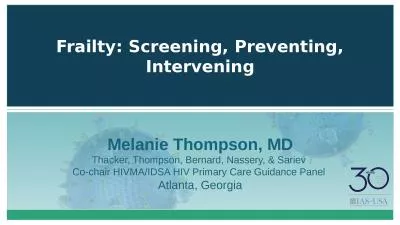PPT-Aging Veterans: The Intersection of Homelessness, Mental Health Need, and Physical Frailty
Author : tawny-fly | Published Date : 2018-10-27
wwwswordstoplowsharesorg Swords to Plowshares May 31 2018 Presenters Michael Blecker Executive Director Amy Fairweather Director Institute for Veteran Policy Tramecia
Presentation Embed Code
Download Presentation
Download Presentation The PPT/PDF document "Aging Veterans: The Intersection of Home..." is the property of its rightful owner. Permission is granted to download and print the materials on this website for personal, non-commercial use only, and to display it on your personal computer provided you do not modify the materials and that you retain all copyright notices contained in the materials. By downloading content from our website, you accept the terms of this agreement.
Aging Veterans: The Intersection of Homelessness, Mental Health Need, and Physical Frailty: Transcript
Download Rules Of Document
"Aging Veterans: The Intersection of Homelessness, Mental Health Need, and Physical Frailty"The content belongs to its owner. You may download and print it for personal use, without modification, and keep all copyright notices. By downloading, you agree to these terms.
Related Documents

